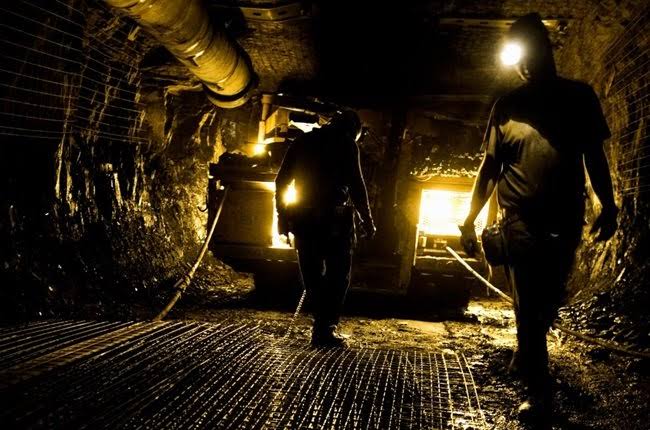|
Getting your Trinity Audio player ready…
|
By Hillary Munedzi
The global energy transition requires a huge volume of metals whose prices are soaring amidst rising sector fatalities as investors gravitate towards the global south for mining concessions.
Zimbabwe has recorded over 463 fatalities in the mining industry in the past three years as a result of not having enough enforcement of mining regulations due to the increase in the number of mining locations and not enough resources availed to the inspectorate.
Most miners are not taking issues of health and safety seriously as evidenced by the disregard of mining regulations by registered and unregistered (illegal) miners and the lack of proper knowledge and understanding of the sector.
It has been recorded that 60 percent of all accidents in mines occur as support pillars in old or current mines are being mined mostly by artisanal and small-scale miners. Sadly, these miners work in unstable grounds (especially backfilled areas) without any extra support like natural support pillars to support openings induced by mining.
Automotive giant, Tesla, is raising the price of most of its cars, with CEO Elon Musk citing raw material inflation as one of the reasons for the hike.
With pretty much everything that comes out of the ground soaring in prices from lithium to copper, cobalt, and aluminum, the prospects look good for Zimbabwe but some issues need to be addressed like poor mining techniques that have resulted in deaths and injuries in the mining industry.
“Majority of fatalities experienced in developing scales are as a result of technical deficiency on issues to do with pillar structuring defined by the extraction and developing sequence, for example, developing scales tend to opt for shaft mining where they develop and recover following strike direction which results in poor crown pillar structure which eventually fails due to factors to do with rock mechanics.
“Technical deficiency is also expressed greatly by our college and university graduates without know-how on developing a green field project. This shows a gap between industrial requirements and what the education system is producing,” said Engineer S.T Hungwe of Ramangwana Mining.
Shaft accidents accounted for about 18% of all accidents and this happens a lot in small mines.
Gassing accounts for about 10% of the fatalities in the industry. This usually happens when there is poor or no ventilation at all. Most miners usually do not worry about the air in the mine while working. They don’t mind whether it’s flowing or not until they are overcome by gas.
“Recommended solutions to mentioned problems are skills training on technical practices, engaging consultants on mine planning, shaft sinking, and other development activities, and hiring professionals to do the work,” said Engineer Hungwe.
The mining sector in Zimbabwe has remained very resilient despite a myriad of obstacles characterized by liquidity challenges, economic uncertainty, policy inconsistency, rising inflation, and lack of investment appetite.
Recently, seven miners from Bucks mine in Colleen Brawn died after they were trapped underground. The accident revealed the challenges being faced by small-scale miners. These include the lack of knowledge of health and safety which is very important in mining operations.
